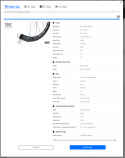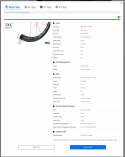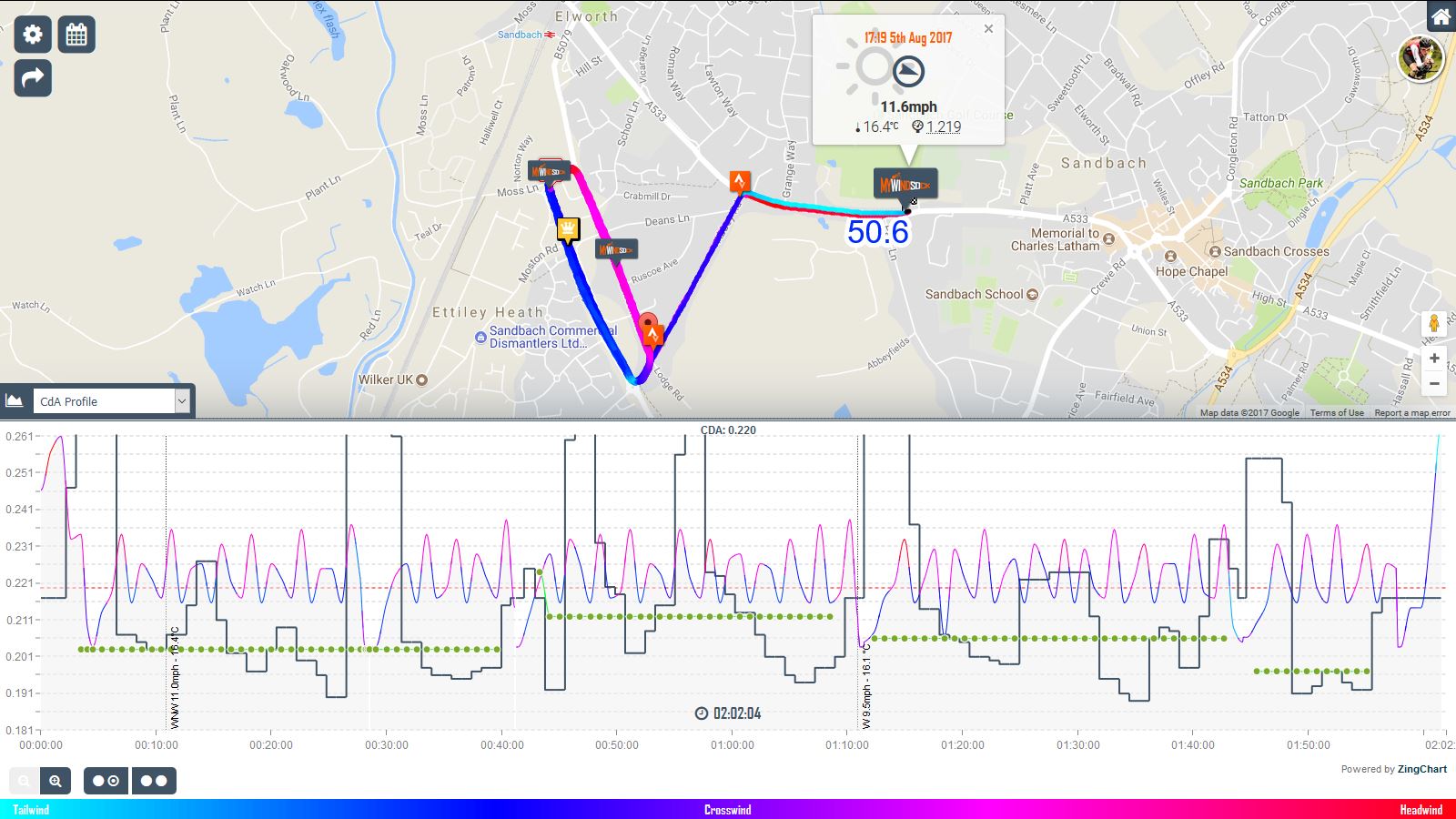Yes, the rear spacing is 100mm. That part is easy. For the front (of a Cruzbike), there was a time when frame and hub manufacturers were dithering between the traditional 130mm spacing that worked for so long, and the "newer" (but now quite old and vanishing) 135mm spacing that came along around the time Shimano started squeezing more cogs into their cassettes (back when they went to 9-speed). Cruzbike was clever in that they set their fork at 132.5mm, meaning that either 130 or 135mm will work. The fork will squeeze in a tiny bit for 130mm hubs, and flex outward a tiny bit for 135mm.
I don't know what your wheel budget is, but wheels are worth a bit of splurging. Next to the frame/fork, wheels will have a lot to do with how a bike rides and what its capabilities will be (there is a reason why touring bikes have heavier, more robust, higher spoke-count wheels, while those who want to go fast use lighter weight, but less robust, lower spoke-count wheels). Wheels really should fit the purpose of the bike and the intentions of the rider.
I build my own wheels so that I can ride precisely what fits my intentions. I have four bikes--two road, two off-road--and each is rolling on wheels built for that bike's purpose. I said a moment ago that wheels are worth splurging on, but you can easily fall into the boutique part trap. Chris King hubs, for example, are really nice. But for a fraction of the cost, Bitex hubs are quite good too. Some people might go, "Oooh, Chris King!" while nobody will go, "Oooh, Bitex." But they weigh about the same, both roll well, and both have reputations for durability. Unlike Chris King, Bitex has been making hubs for other brands for decades. To me, that speaks well of them, even though they lack the bling-factor. I built up a set of wheels for a friend a couple years ago. We were all set to use a $200.00 pair of lime green Bitex hubs. But at the last minute, she decided she wanted the bling, so she plunked down $600.00 for I9 hubs, which were only available in black, not the lime green that she wanted. I didn't balk. It's her money, and if that makes here happy, that's all that matters. The wheels built up fine, but the rear hub, with its complicated (and REALLY loud) engagement system has been a little fiddly and temperamental. Meanwhile, I built for myself a nearly identical wheelset, but around those low-bling $200.00 Bitext hubs, and they have been bombproof.
Having said that, I will pay extra for Sapim CX-Ray bladed spokes for V20 wheels. Lighter weight, higher strength, more aero--but also more expensive. Since my V20 and S30 wheels are lower spoke-count to keep weight and drag down, I am willing to pay a little more for spokes that will do that while also being strong. Some might say that other spoke brands, like DT Swiss and Pillar offer that too, which might be true, but I don't want to put that to the test at 45mph on a twisty downhill.
But for rims, I have been using Light Bicycle carbon rims for years now with great success, both on my bikes and for a few of my friends. I was initially drawn to them by their lower prices, but have since concluded that the quality is there too. Light Bicycle rims are a lot like Bitex hubs--really good bang for the buck.
I have not written all this to try to convince you to build your own wheels, but Light Bicycle does build wheelsets too. I just built up two killer sets of wheels, both using 46mm carbon caliper brake rims, Bitex hubs, and CX-Ray spokes. The only difference is that one set uses the "Standard" weight rim, while the other uses the "Flyweight" rim (heavier riders, or those who ride bikes like bulldozers should go "Standard," while lighter weight riders who have a sense of finesse can get away with "Flyweight." At 130lbs. myself, I went flyweight for both my V20c and my gravel bike. So far, so good). $860 for the "Standard" set, and $885 for the "Flyweight" set. You can also order these rims either with or without spoke access holes. I go without access holes because it creates a solid rim bed--no more dealing with tubeless rim tape to run tubeless tires. I don't miss that yellow tape at all.
Their wheel builder is fun to play with. You can dial up what you want, and they'll build it. One catch, however, is the wait time. They say "3 to 5 weeks" until shipping, and then shipping time itself. You are probably in for about a six week wait. For me, the wait is worth it because I will end up with the wheels I want, but it is still a wait, for sure.
Anyway, I did not plan to write all this, but I hope offers some perspective. Most people have at least one subject that they nerd-out over; wheel building is one of mine.
The road and cyclocross non-disc carbon wheels are designed to deliver quality and speed. You will find a vast array of hub and spoke options. For Full-Custom service, contact us.
www.lightbicycle.com






